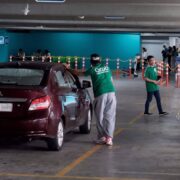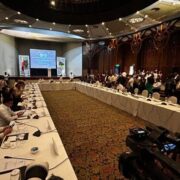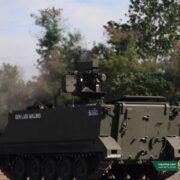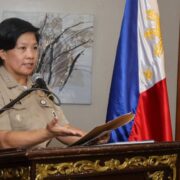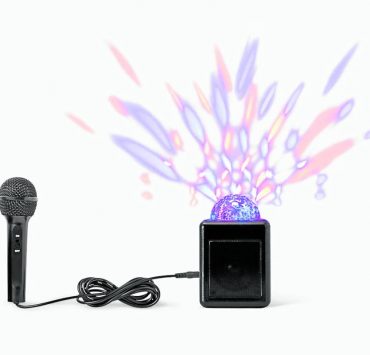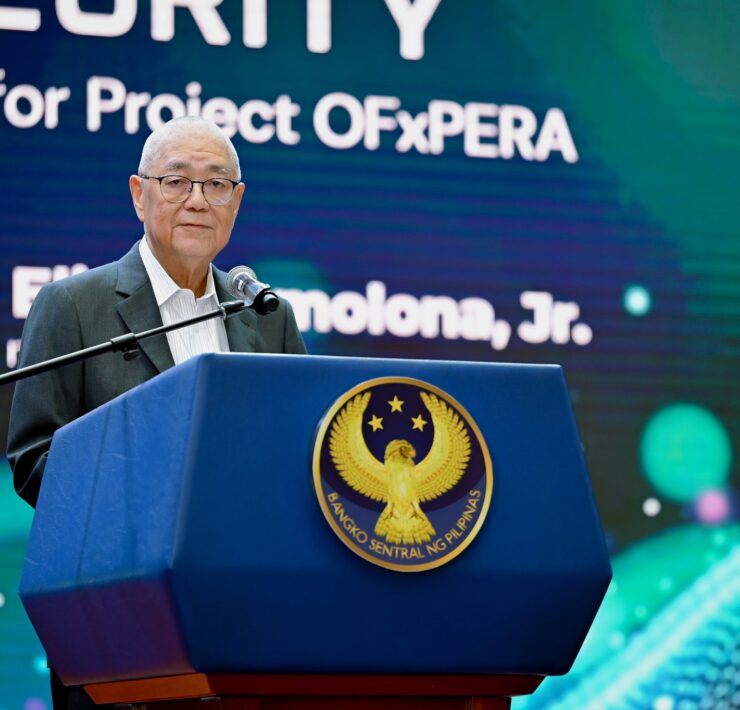Aussie arcade chain reinvents its game
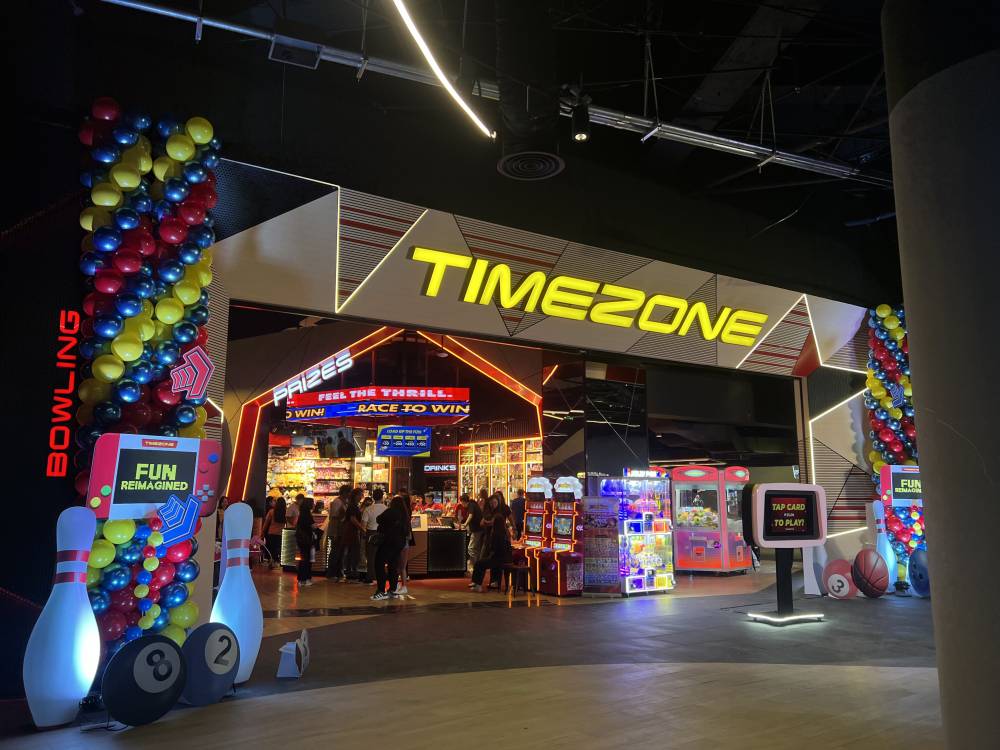
For many Filipino kids, a visit to the shopping mall isn’t complete without a pit stop at Timezone, the family entertainment center that has become a staple of local mall culture since opening its first Philippine branch in 1998.
Originally from Australia, the arcade chain has expanded to over 50 venues across the Philippines, making it one of the group’s fastest-growing markets.
Its formula is simple: build communities that Filipinos feel familiar with.
“Timezone builds spaces for social connecting, for people to play together, not to be by themselves and not to be lonely at home,” says Caroline Leong, chief customer officer of Timezone Group. “When you come to the Philippines, you really see that experience resonates in our guests here.”
“Culture and community are really our biggest learning from the Philippine market,” she adds.
Disruption
That sense of community was abruptly disrupted when the pandemic shut down malls. For a business built on foot traffic, the country’s long lockdowns were especially painful.
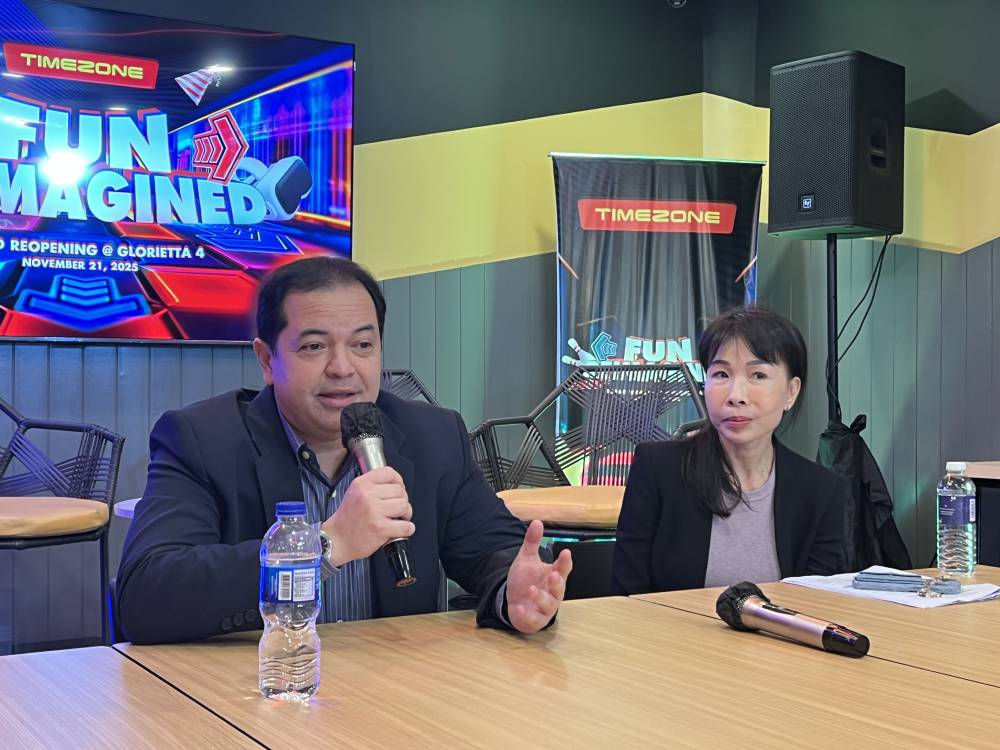
However, when restrictions eased, Filipinos returned with pent-up enthusiasm.
“When we reopened, our numbers almost doubled already in revenue. Of course, with that comes a doubling of foot traffic,” recalls Rafael Prats Jr., the longtime president and general manager of Timezone Philippines.
Timezone now attracts approximately 2.5 million visitors every month across its 47,000 square meters (sq m) of retail space nationwide.
This year, Timezone is counting on this year-end rush to lift what has otherwise been a flat year, weighed down by disruptions such as typhoons and earthquakes.
Nostalgia
Timezone prides itself on being the company that introduced Dance Dance Revolution to the Philippines.
The cult classic debuted at its Glorietta 4 branch in Makati, then a compact space of under 1,000 sq m.
That nostalgia guided the major revamp of the same branch, one of the first Timezone sites in Metro Manila, launched just 11 months after it had debuted at Ayala Center Cebu.
The updated branch features virtual reality zones, bowling alleys, billiard tables, claw machines, party rooms alongside more than 100 games and attractions in an expanded 1,361 sq m space.
Two more locations are slated for a revamp this year, with eight more scheduled for next year.
Prats says Timezone’s move to a “multi-attraction” model is guided by the need to keep reinventing itself.
“We wanted to attract a wider base and give a more complete entertainment center,” he says.
“We felt it was time to evolve the business. And it’s still evolving as we speak.”





